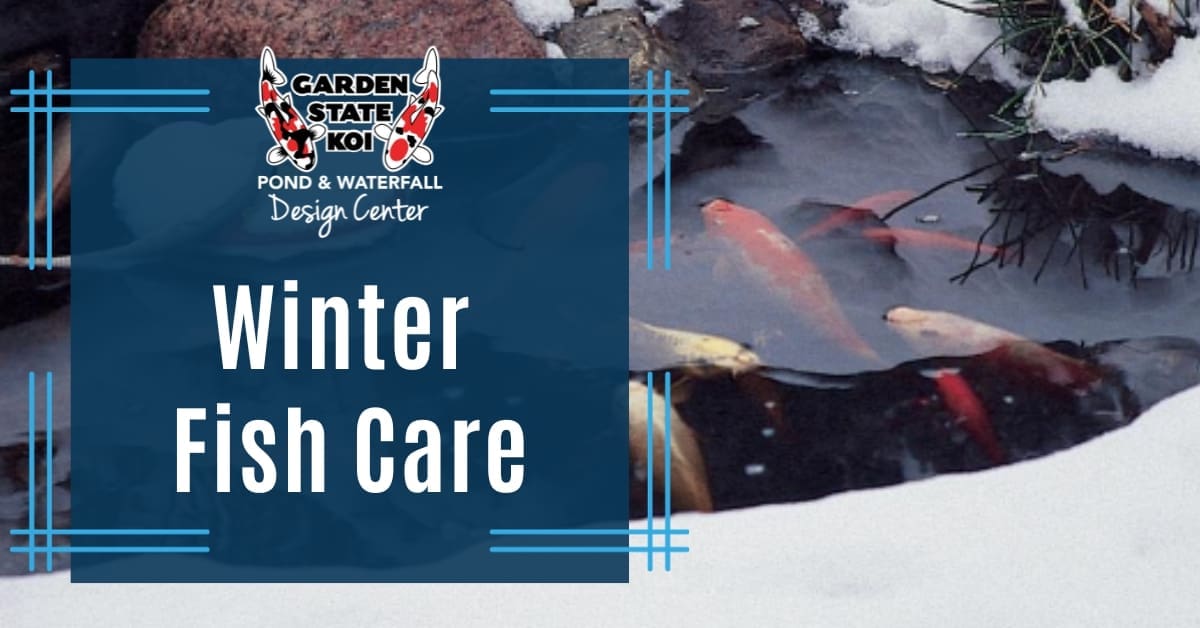Fish are often the main reason that people choose to have a pond installed in their yard. People aren’t likely to sit and watch their tulips blow in the breeze for hours on end, but they will definitely gaze upon their fish for extended periods of time. It’s a relaxing and soothing activity. As a pond owner who loves their fish, you’ll want to ensure you take extra care of your finned friends through the winter months.
Have no fear! As long as the pond does not freeze to the bottom and an air hole is provided on the pond’s surface, your fish will survive the winter. If your pond is at least two feet deep, the depth of water between the pond’s surface and the pond’s floor will keep it from freezing any deeper than eight inches. That leaves at least 16 inches for the fish to lounge around and hibernate over the winter.
Use a pond de-icer to maintain a hole in your pond’s ice and allow for the exchange of gases (like oxygen). Supplemental oxygen should also be supplied by adding a bubbler or aeration kit.
Your fish will become dormant during the winter once water temperatures drop below 50 degrees Fahrenheit. At this point, you should stop feeding them. Fish will feel hungry in cold water, even down to the mid 40’s, however, they will be lacking the enzymes needed for the digestion of most koi food. The fish will eat, sometimes fully, and then languor in the cold water as their metabolism slogs the food through. In very cold water, fish simply don’t eat.
Take care of your koi and pond fish during the winter months to ensure a healthy life for them well into spring and beyond!

